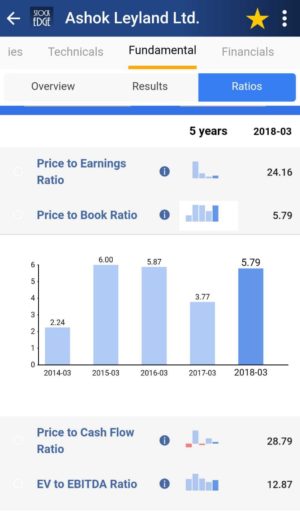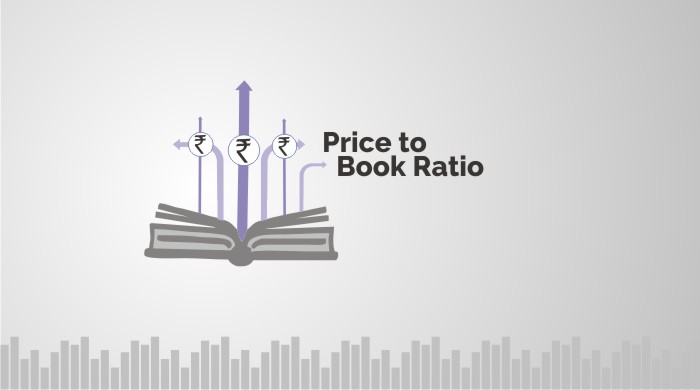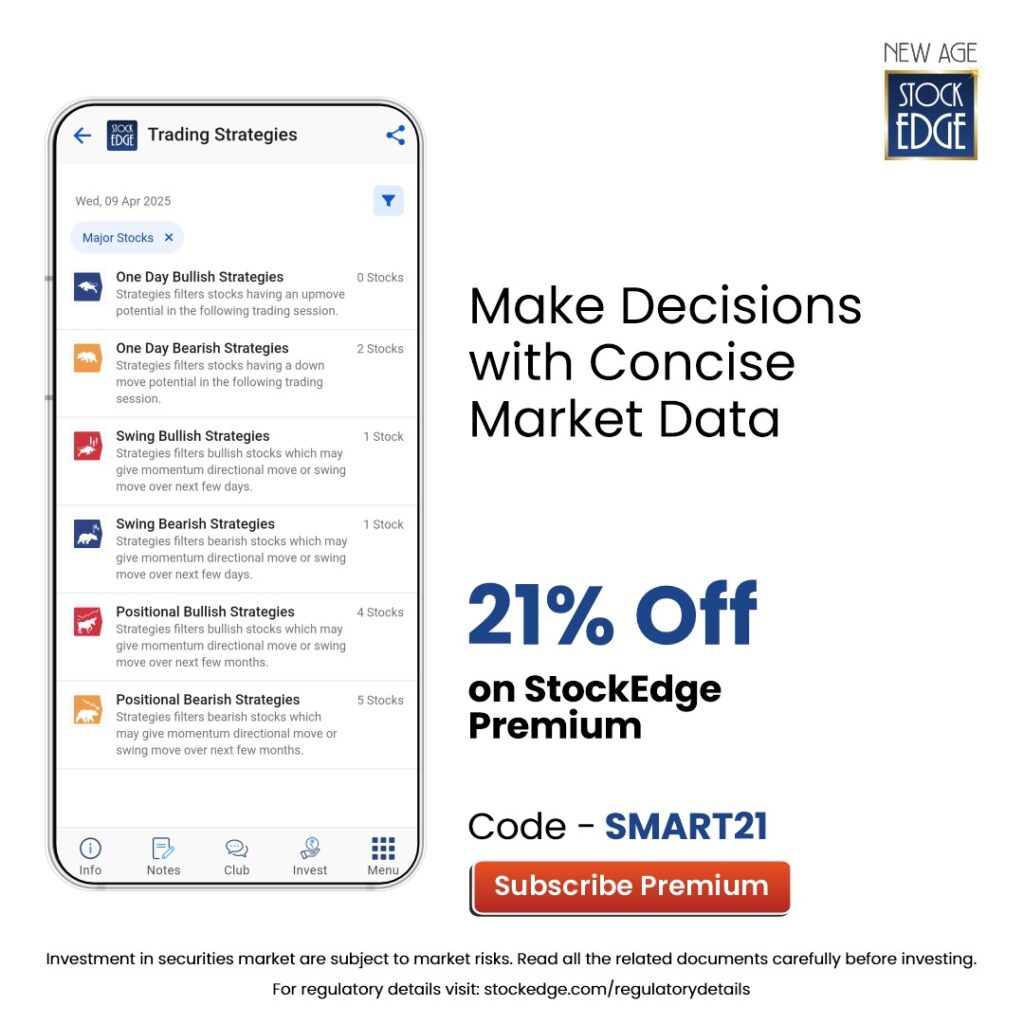Table of Contents
There are a lot of ratios used for the valuation of a company. The price to Book Value Ratio ratio is another financial ratio to understand whether the stock is expensive or cheap for investment purposes. Book value is found in the company’s financial statements. Let’s discuss the importance of price to to-book ratio.
Importance of Price to Book Value Ratio
This ratio is used to compare a company’s current price or market value to its book value. Book value is the price the investors are paying for the assets that the company holds. A higher P/B ratio implies that investors expect management to create more value from a given set of assets all other parameters remaining equal. The Price to Book Value ratio reflects the value that market participants attach to a company’s price relative to its book value of the Company. Thus, Book value is not taken for valuing I.T. or service-rendering companies as they have fewer assets. It is mainly used in valuing capital-intensive businesses.
Watch the video below for Everything you want to know about Price book ratio:
Book value is the net asset value of a company calculated as total assets minus intangible assets (patents, goodwill) and liabilities. Book value per share would mean total assets minus intangible assets (patents, goodwill) and liabilities divided by total outstanding shares. Thus the assets accounted for are only tangible assets like land and buildings, plant and machinery, etc. If the market price is less than the book value then the company is undervalued and if the market price is more than the book value then the company is overvalued.
Check Out Also: What Does Price To Cash Flow Indicate
Significance
If a company liquidated all of its assets and paid off all its debt, the value remaining would be the company’s book value. Investors and analysts use this comparison to differentiate between the true value of a publicly traded company and investor speculation. For value investor, the P/B ratio is a tried and true method for finding low-priced stocks that the market has neglected. Moreover, P/B provides a valuable reality check for investors seeking growth at a reasonable rate. It is viewed best in conjunction with the Return on equity ratio.
Exceptions of Price Book ratio
Accounting standards applied by firms vary, and hence it is difficult to compare P/B ratio between different companies. Also P/B ratios can be less useful for service and information technology companies with little tangible assets on their balance sheets. It also does not give an insight on the debt levels of the company.
Formula
The formula to calculate Price to Book Value= Market Price / Book Value. Where Book Value is calculated as total assets minus total liabilities and Book value per share is calculated as Shareholders Equity divided by the total number of shares outstanding.
Suppose the market price of a company is Rs 100, Total assets is 200 crores and liabilities are 150 crores and there are 10 crores shares outstanding, then book value per share will be (200-150/10= 5) Then price to book would be 100/5= 20.

StockEdge App
With this App, we don’t have to calculate Price to Book Ratio on our own. StockEdge gives us Price to Book Ratio of the last 5 years of any company listed in the stock exchange. We can look and compare Price to Book Ratio of any company and filter out stocks accordingly.
Suppose we want to look at the Price to Book Ratio of Ashok Leyland of last year. In the Fundamental tab of Ashok Leyland, click on the fundamentals tab, we will get Ratios tab. Then in the Ratios tab click on Valuation Ratios, and we get the Price to Book Ratio in a second.
Bottomline
Price to Book Value Ratio is an important barometer to measure the future prospects of a company. With the help of these ready-made parameters within every stock, you can with the click of a button filter out undervalued companies. These parameters are freely available with StockEdge app. If you still do not have the StockEdge app, download it right now to use this feature. It is a part of the free offering of StockEdge App.
Visit to read more blogs on StockEdge.
If you want to know more then visit our channel on YouTube.








